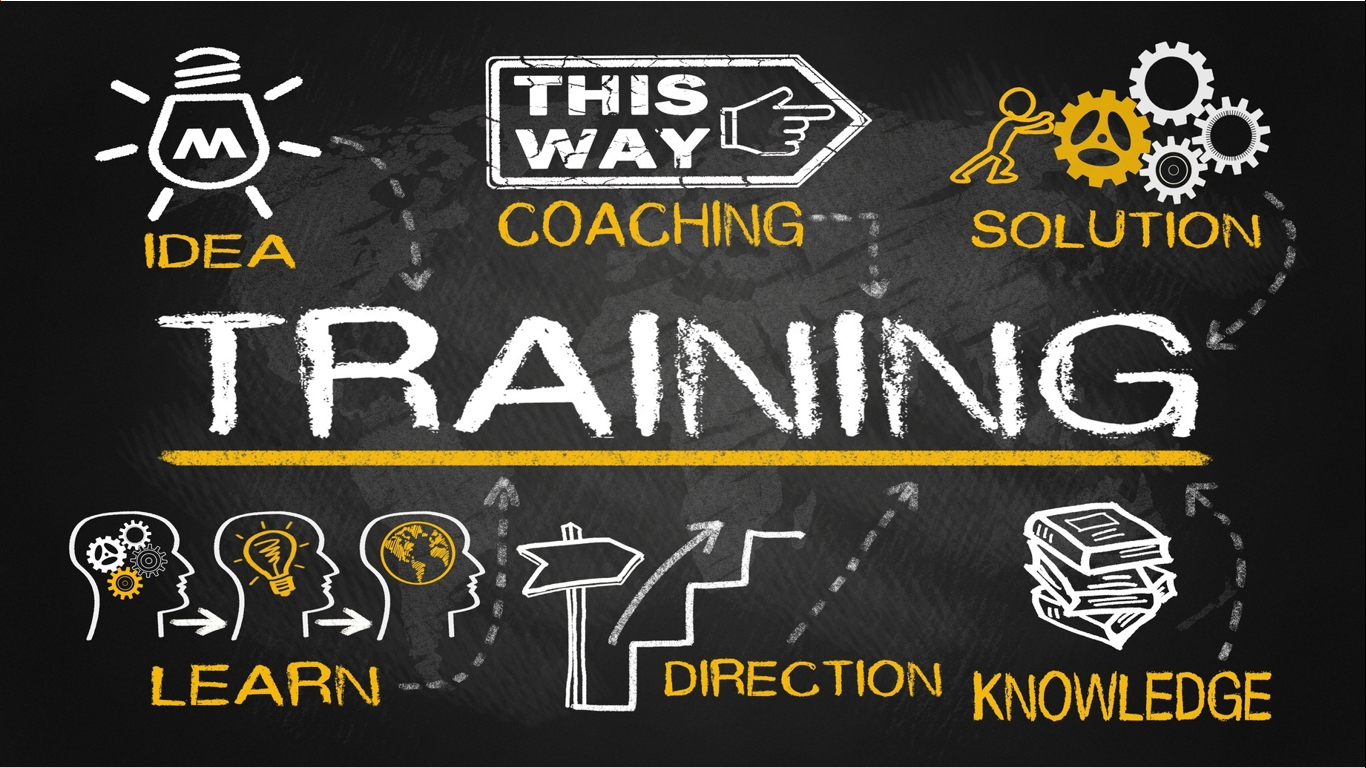
Dani Johnson, Co-Founder and Principal Analyst, RedThread Research, USA, described, “For over 100 years, organisations have tended to view employees as cogs in a machine, or as resources that happened to be human. Now, organisations are seeing employees as the full humans they really are – as individuals with unique needs who are worth empowering and developing.”
As a consequence, organisations are now investing far more in employee development, and are empowering employees to make decisions about issues such as customer service or process improvements. They are also moving away from a one-size-fits-all development approach and enabling personalised development opportunities.
Redefining the role of L&D
While it is hoped that 2021 will bring a more stability to the workforce after a turbulent 2020, the likelihood is that organisations will now have to operate in markets where they have to pivot quickly and continuously. In ever-evolving environments thus, agility and responsiveness will be key for success, said Senior Analyst, Heather Gilmartin Adams.
L&D’s role, is to enable this agility by fundamentally changing the way we work, as Adams explained, “We must shift to a mindset of enabling, not providing. Forward-thinking L&D organisations are focusing on empowering and enabling employees to develop, and not on providing all development opportunities themselves.”
A six-step process that will allow organisations to achieve these objectives:
Plan: Employees should be allowed to plan their careers, both inside and outside the organisation.
Discover: Allow employees to access experiences that can help them develop new knowledge and skills.
Experiment: Allow employees to practice and get feedback on new skills.
Connect: Employees should be encouraged to connect with and learn from other employees.
Perform: Employees must be motivated to perform better on the job and learn while doing it.
Within the L&D function, new skills have also arisen to deliver and support new skills, according to RedThread Research. These include:
Product Management: With the move to learning tech ecosystems, L&D needs the skills to oversee the ecosystem, understand the integrations, negotiate contracts, and ensure deduplication across L&D organisations.
Data Analysis: This includes statistics, data cleaning, data visualisation and storytelling, and is often closely tied to people analytics and business intelligence functions.
MarComm Management: With so much learning content available and so many other things vying for employees’ attention, it can be helpful for L&D to have in-house marketing skills to help employees find learning opportunities and motivate them to engage in learning.
Learning Path Creation: As learning becomes more and more personalised, L&D needs the skills to help people navigate their unique learning journeys.
Identifying key skills for the future of work
As the future of work continues to be shaped by recent events, organisations around the world need to work towards identifying their highest-priority skills based on their organisation’s own environment, business strategy and existing workforce skills.
This will be critical as organisations need to be increasingly responsive in a future of work that emphasises agility, said Johnson. “Responsivity is the ability of organisations to recognise trends in the operating environment and effectively turn possible disruptions from those trends into a distinct organisational advantage.”
“One key to the future of work is, first, identifying the skills your organisation uniquely needs to develop, and then developing those skills among existing employees, rather than bringing in new talent.”
HRM Feb 23, 2021 | Learning Technologies Asia 2021

